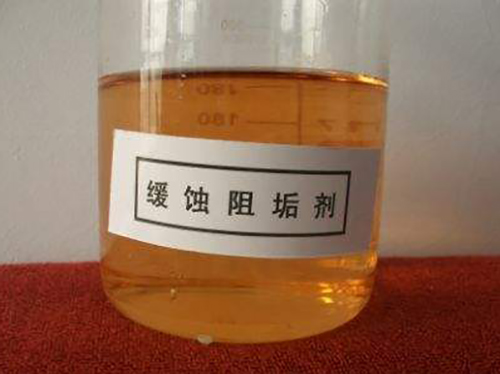poly aluminium chloride for drinking water
The Role of Poly Aluminium Chloride in Drinking Water Treatment
Poly Aluminium Chloride (PAC) has emerged as a vital chemical in the process of drinking water treatment. This coagulant is widely used due to its exceptional ability to remove impurities and enhance the clarity of water, making it suitable for human consumption. Understanding the properties and advantages of PAC can help us appreciate its significance in ensuring safe and clean drinking water.
PAC is a type of inorganic polymer that is formed by the hydrolysis of aluminium chloride in the presence of sodium hydroxide. Its unique formulation allows it to effectively destabilize colloidal suspensions in water. By neutralizing the charges on particles, PAC facilitates their aggregation into larger flocs, which can then be easily removed through sedimentation and filtration. This process not only improves the aesthetic quality of water but also significantly reduces harmful pathogens and contaminants.
One of the primary benefits of using PAC over traditional coagulants, such as alum, is its efficiency at lower doses. PAC requires a smaller amount to achieve the same level of coagulation, which can lead to reduced chemical costs and lower sludge production. This characteristic is especially beneficial for water treatment facilities facing pressures to minimize operational costs and environmental impacts.
poly aluminium chloride for drinking water

Moreover, PAC demonstrates a broad pH applicability, functioning effectively across various water types, from acidic to alkaline. This versatility makes it a preferred choice for water works in different geographical regions, where water quality and composition may vary significantly.
Environmental considerations are increasingly influencing water treatment practices. PAC is considered to produce less waste compared to traditional coagulants, contributing to more sustainable water treatment processes. The reduced quantity of sludge generated leads to lower costs associated with sludge handling and disposal.
In conclusion, Poly Aluminium Chloride plays a crucial role in the treatment of drinking water. Its effectiveness, efficiency, and environmental benefits make it an essential component in modern water purification systems. As global water quality challenges persist, the continued use and development of PAC will be integral to ensuring access to safe and clean drinking water for communities worldwide.
-
Understanding Polycarboxylic Acids: Properties, Applications, and Future PotentialNewsJul.28,2025
-
Scale Inhibitor Explained: How to Protect Your System from Limescale and Hard Water DamageNewsJul.28,2025
-
Scale and Corrosion Inhibitors: Essential Chemicals for Industrial Water System ProtectionNewsJul.28,2025
-
Polyaspartic Acid: A Biodegradable Polymer for Sustainable ChemistryNewsJul.28,2025
-
Isothiazolinones: A Versatile Antimicrobial Class with Industrial Power and Regulatory ChallengesNewsJul.28,2025
-
A Deep Dive into 2-Phosphonobutane-1,2,4-Tricarboxylic Acid (PBTC)NewsJul.28,2025





